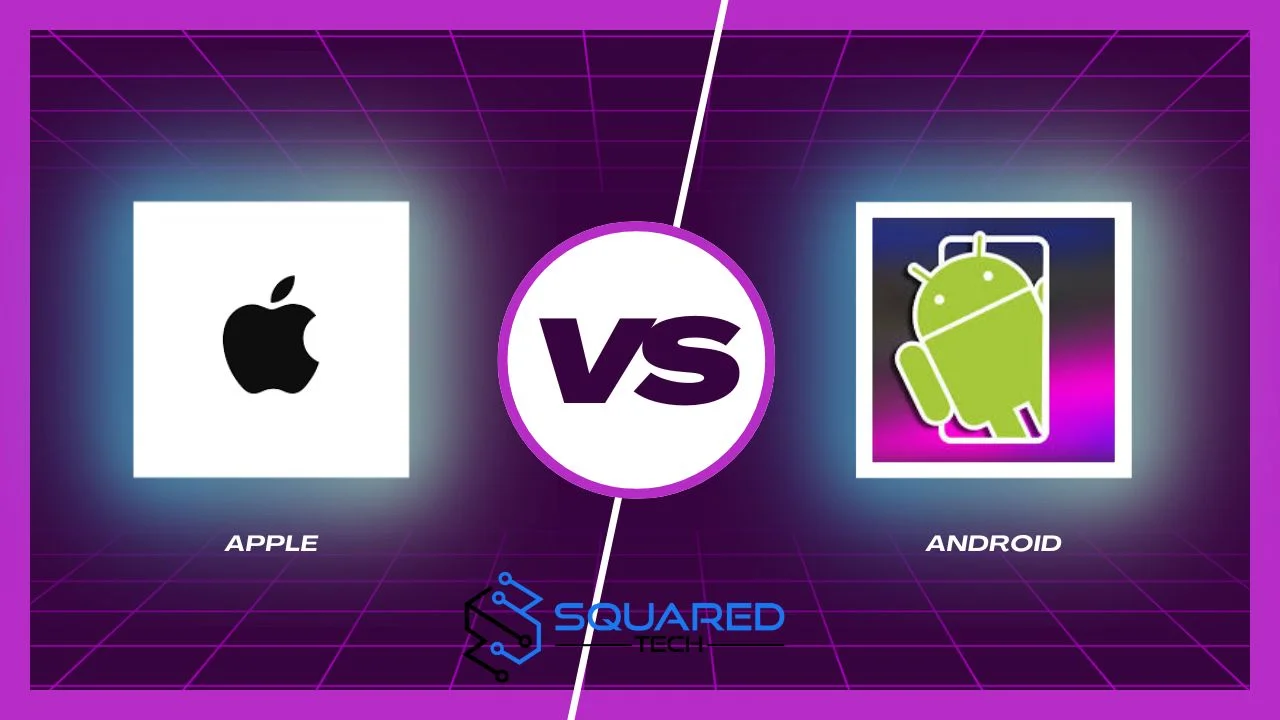The Article Tells The Story of:
- Why do iPhone App Subscriptions cost more than Android?
- Discover the truth behind pricing differences.
- Which apps remain consistent, and where do prices diverge?
- Uncover a money-saving secret for subscriptions.
Platform Fees Drive the Difference
The significant price difference in iPhone App Subscriptions and Android stems from Apple’s platform fees. Apple charges developers 15% to 30% on in-app purchases made through its App Store. To offset these costs, app developers often increase subscription prices for iOS users.
Android apps, especially Google’s own services, don’t usually have these platform fees, resulting in lower subscription costs.
Check Out Our Article of Apple Releases iOS 18.2: Exciting New Features for iPhone and iPad Users Published on December 13, 2024 SquaredTech
Price Differences in Popular Apps
Many popular services show noticeable price gaps between iOS and Android:
- YouTube Premium: Android users pay Rs 480 per month, while iPhone users are charged Rs 649.
- Google One: Cloud storage is cheaper on Android due to the lack of platform fees.
- Meta Verified: Costs Rs 2,057 per month on iOS, with no discounts. On Android, users pay the same but get a first-month discount of Rs 1,864.
- X Premium+ (formerly Twitter): iOS users pay Rs 7,402 monthly, compared to Rs 6,922 on Android.
Apple’s platform fees directly influence these price differences, making iPhone App Subscriptions more expensive.
Uniform Pricing Across Platforms
Despite the pricing gap in some apps, a few services maintain the same cost for both platforms:
- Truecaller: Priced at Rs 318 per month or Rs 2,894 per year across both iOS and Android.
- Apple Services: Apple Music and Apple TV+ cost the same on all Apple and Android devices.
- LinkedIn Premium: Slightly different—Android users pay Rs 6,800 annually, while iOS users pay Rs 10,867.
Save Money With Desktop Subscriptions
For budget-conscious users, desktop subscriptions provide a clever workaround. Subscribing through a desktop website avoids platform fees, offering the same services at reduced prices compared to mobile platforms.
Conclusion
The difference in app subscription pricing between iPhone and Android stems from Apple’s platform fees. These charges result in higher prices for iOS users, affecting their app choices and subscription habits. Users can explore alternatives like desktop subscriptions to save money and enjoy similar services.


